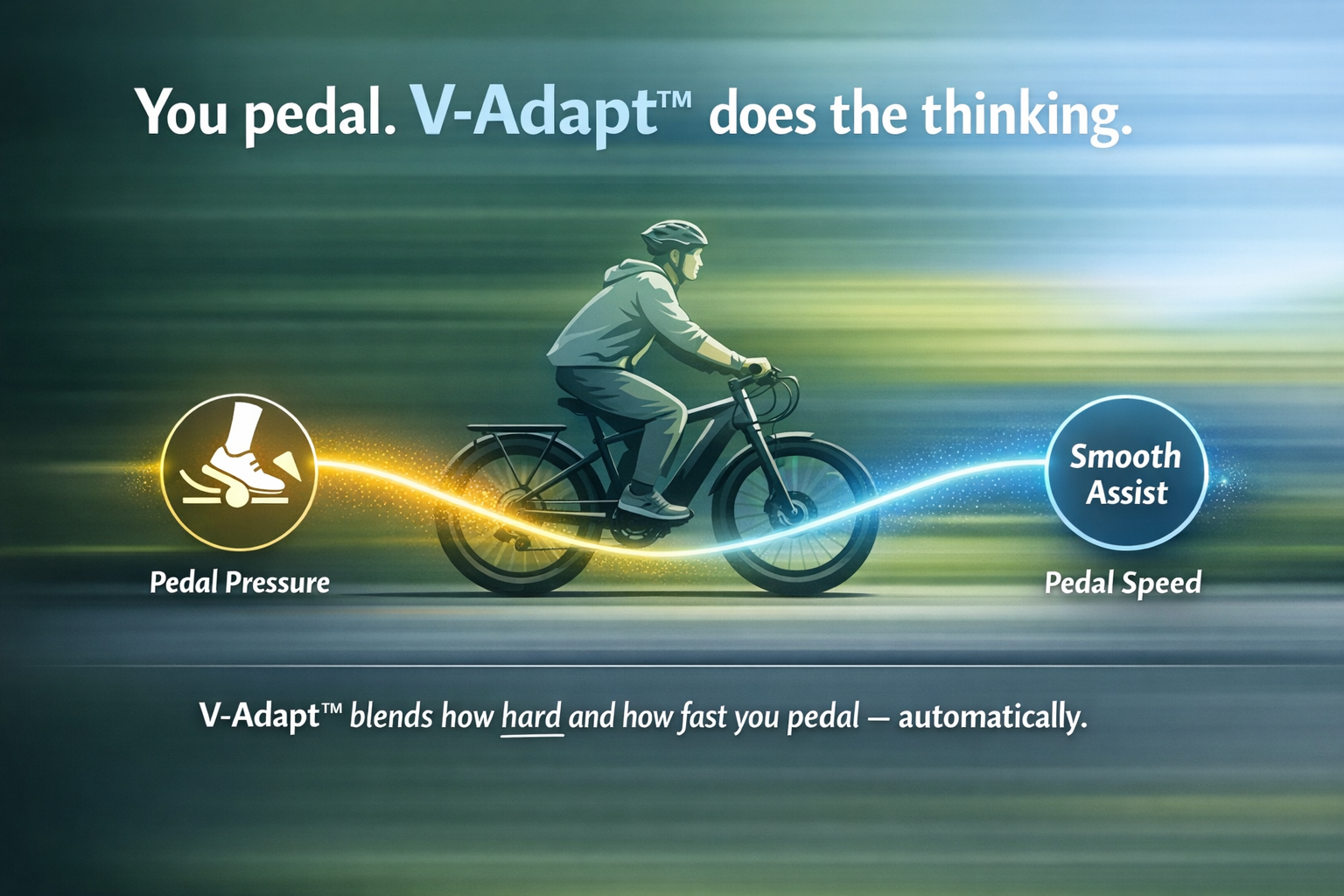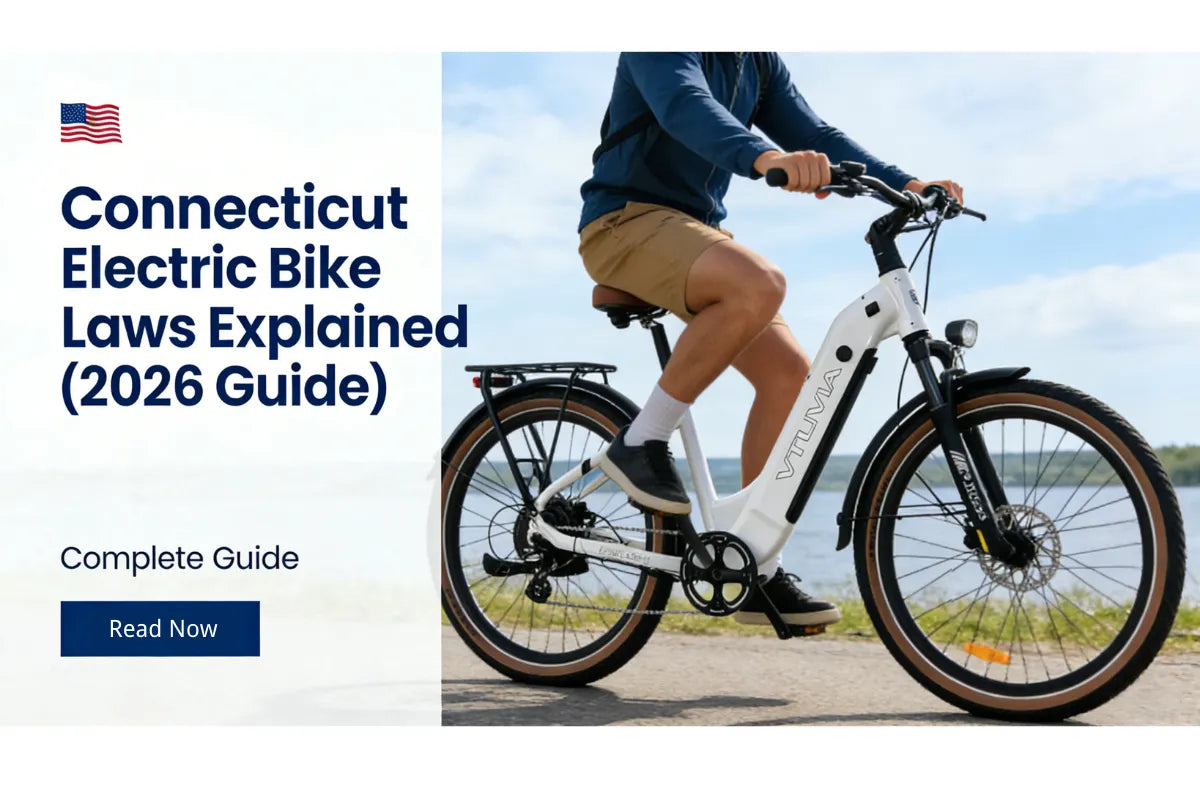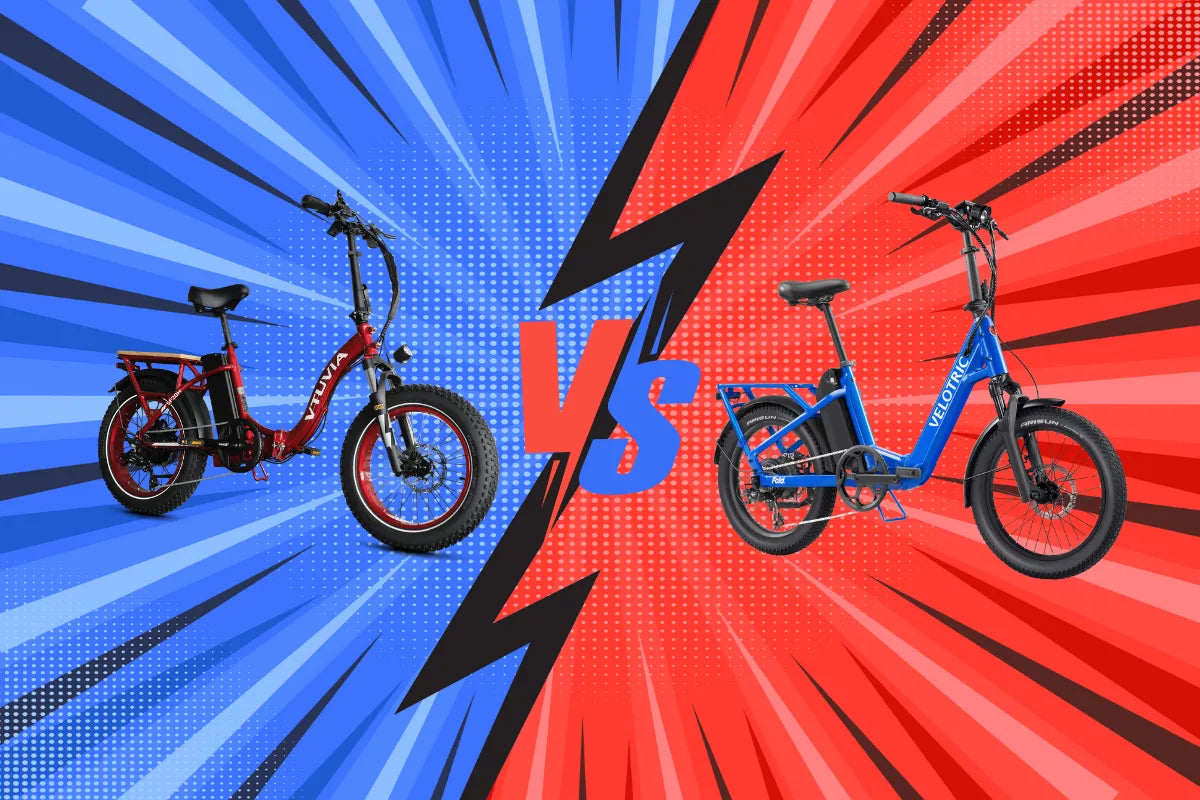As electric bikes (ebikes) continue to evolve, one key innovation that enhances performance and comfort is the belt drive system. In this blog, we'll explore what belt drive systems are, their advantages over traditional chain drives, and why they're becoming increasingly popular in the ebike world.
What is a Belt Drive System?
A belt drive system replaces the traditional metal chain found on most bicycles with a durable, flexible belt made of materials like carbon fiber-reinforced rubber. This belt connects the motor and pedals, transferring power efficiently and quietly.
Advantages of Belt Drive Systems
-
Smooth and Silent Operation
- No Lubrication: Unlike chains, belts don’t require regular oiling, resulting in a cleaner and maintenance-free ride.
- Quiet Riding: Belt drives operate virtually silently, providing a smooth and serene riding experience.
-
Durability and Longevity
- Low Wear: Belts are resistant to rust and don’t stretch like chains, offering a longer lifespan and reducing the need for replacement.
- Reliability: They require less maintenance, making them ideal for daily commuting and long-distance rides.
-
Efficiency
- Power Transmission: Belt drives transfer power more efficiently than chains, minimizing energy loss and maximizing the ebike’s range.
- Smooth Pedaling: The absence of metal-on-metal contact results in a smoother pedaling experience, especially at higher speeds.
-
Cleanliness and Safety
- Cleaner Riding: Belts don’t attract dirt and grime like chains, keeping both the rider and the bike cleaner.
- Safety: With no exposed parts, belts reduce the risk of clothing getting caught or greasy hands during maintenance.
Belt Drive Systems in the Ebike Market
Belt drive systems are gaining popularity among ebike manufacturers and riders alike, particularly in urban commuting and recreational cycling. They offer a refined, hassle-free riding experience with minimal noise and maintenance, appealing to commuters and enthusiasts looking for a reliable and comfortable ride.





Share:
Mid-Drive vs Hub Motor: Choosing the Right Power for Your Ebike
Meet the VTUVIA CMB PRO - A city e-bike that meticulously considers every detail !